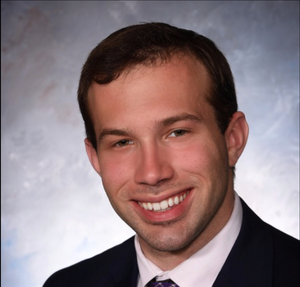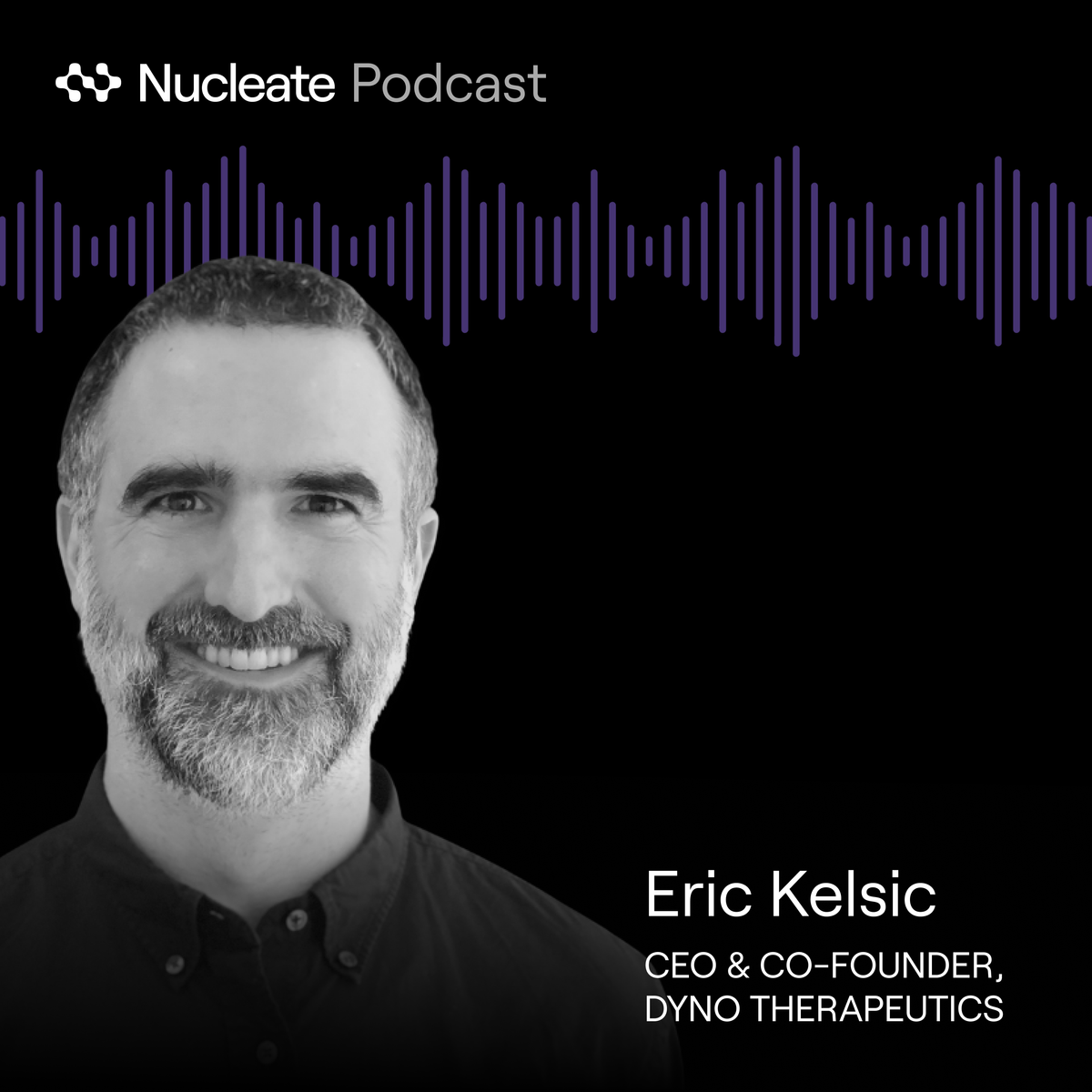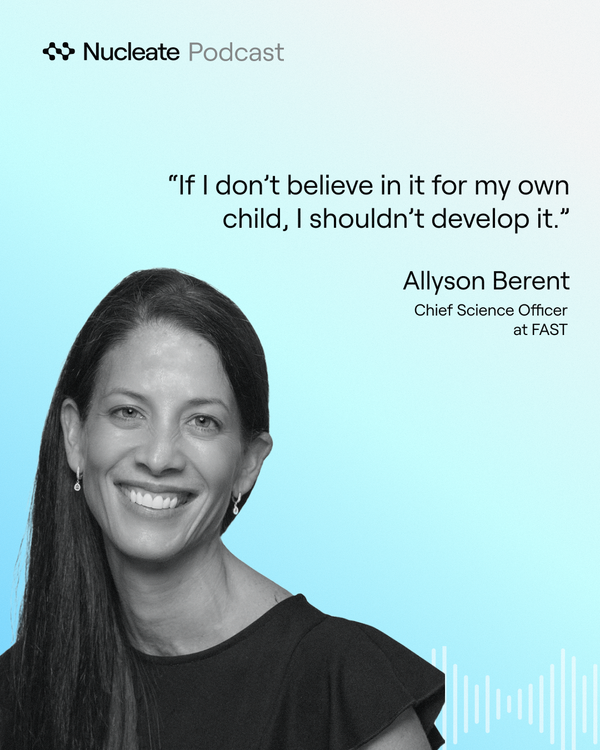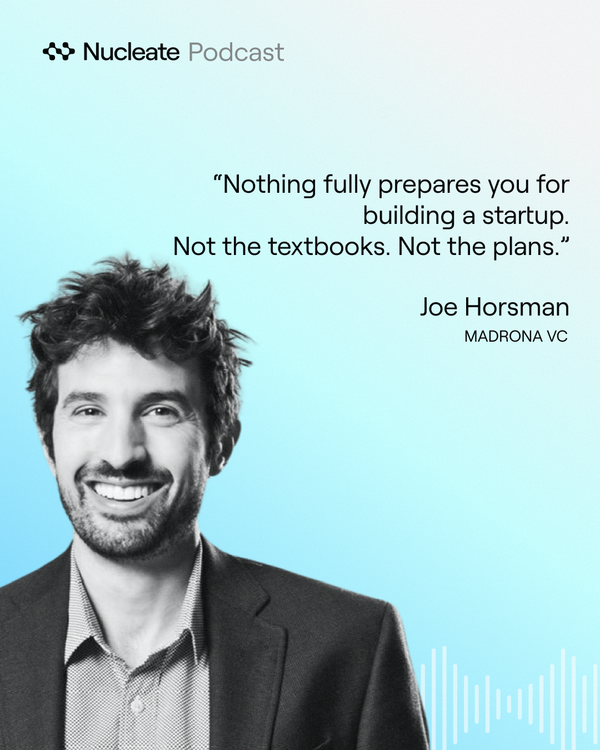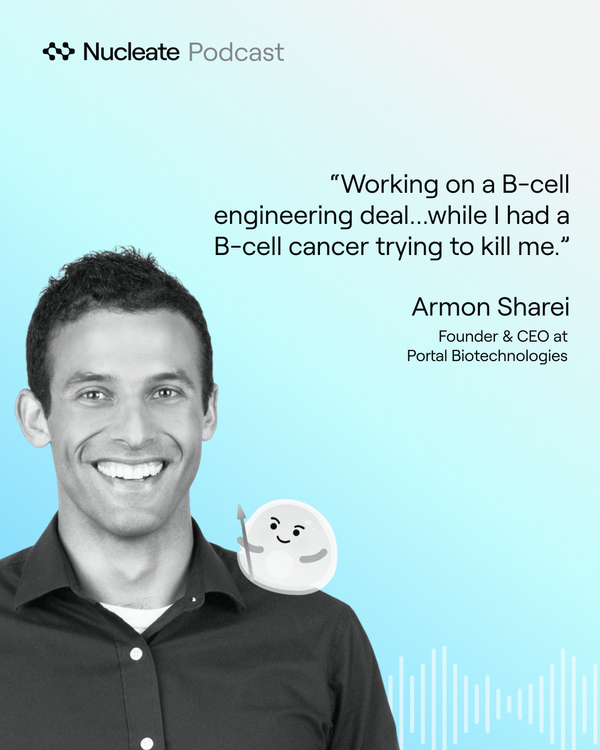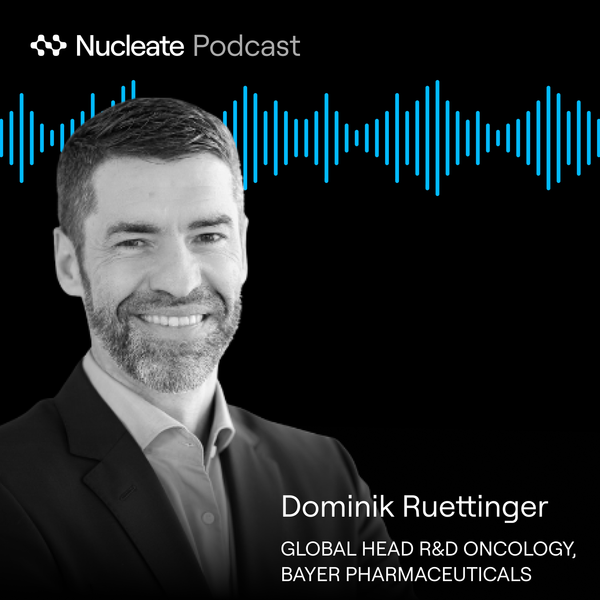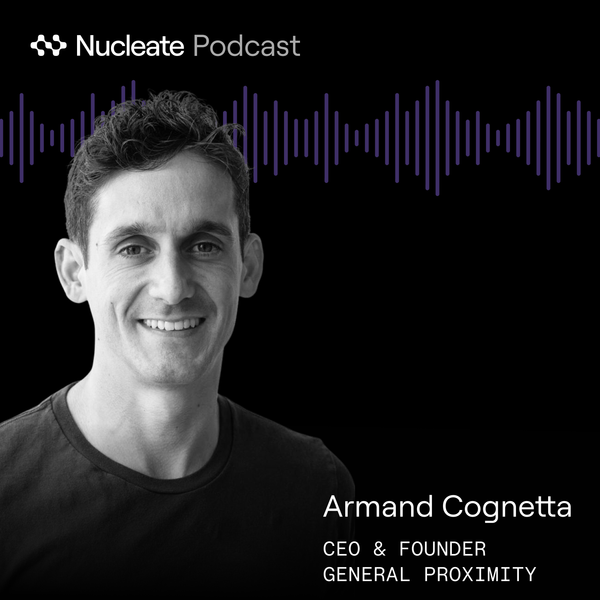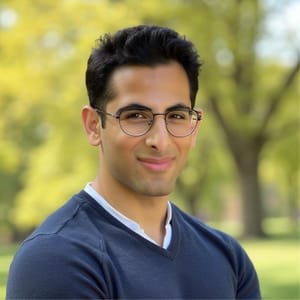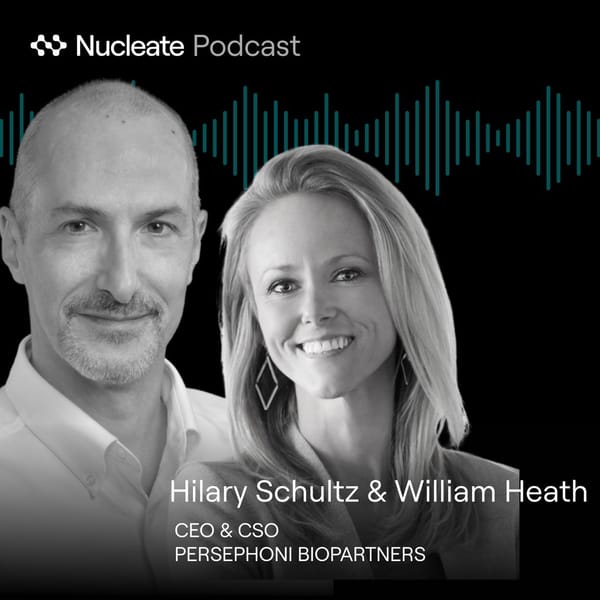| Host |
Sam Kessel
|
| Listen | Apple Podcasts Spotify |
| Watch | YouTube |
Summary
Eric Kelsic, the CEO and co-founder of Dyno Therapeutics, discusses his background in physics and systems biology and how that unique perspective has shaped his approach to solving biological problems. He describes his experience working in George Church's lab at Harvard, where he developed the technology underlying Dyno's AI-powered capsid engineering platform. Kelsic explains how he identified the challenge of in vivo gene delivery as a key problem to solve, and how Dyno's machine learning-guided approach aims to engineer improved AAV capsids to make gene therapies more effective and accessible for patients.
Show Notes
02:18 - Eric Kelsic's background in physics and systems biology and how it shaped his approach to biological problems
03:57 - Differences in problem-solving between Kelsic's physics/systems biology background and traditional biology backgrounds
06:27 - Learning from working with George Church and his lab's approach to fostering innovation
10:02 - George Church's openness to exploring ideas
12:02 - How Kelsic's experience in George Church's lab led him to start Dyno Therapeutics
19:55 - Kelsic's process of validating the problem of AAV gene delivery and deciding to found a company
24:36 - Leveraging resources like Harvard, the Wyss Institute, and Lab Central in Dyno's early days
28:17 - Overview of AAV gene therapy and Dyno's machine learning-guided approach to engineering improved capsids
38:17 - Kelsic's perspective on partnerships and Dyno's collaborations with industry leaders
41:02 - Kelsic's vision for the future of Dyno and the potential impact of gene therapy

